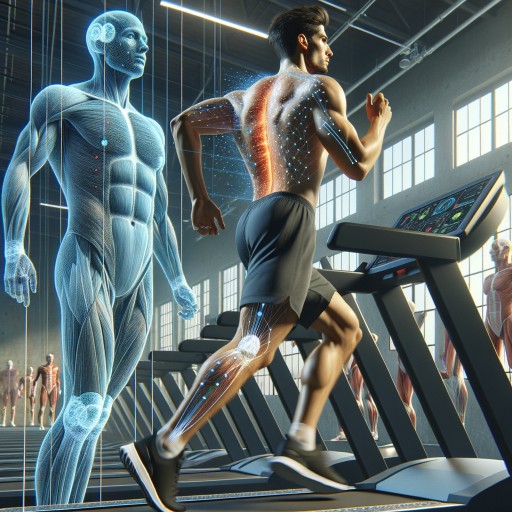The Role of 3D Body Analysis in Injury Prevention and Recovery
In recent years, 3D body analysis has emerged as a cutting-edge technology that offers deep insights into the human body. By capturing detailed measurements and visualizations, this technology is transforming how individuals approach fitness, health, and rehabilitation. But what exactly can 3D body analysis reveal about your body, and how can it be pivotal in injury prevention and recovery?
At its core, 3D body analysis uses sophisticated scanning technology to create a digital model of an individual’s body. This model accurately captures body shape, size, and composition, revealing crucial metrics such as muscle mass, body fat percentage, and body symmetry. It is these insights that can significantly contribute to understanding one’s physical health and capabilities.
One of the standout features of 3D body analysis is its ability to assess body symmetry. In many cases, injuries can arise from imbalances or asymmetries within the body. For instance, if one side of the body is stronger than the other, it may lead to overcompensation during workouts or daily activities, increasing the risk of strains and injuries. By identifying these asymmetries early, individuals can take corrective actions, whether it’s through targeted strength-training exercises or adjustments in posture.
Moreover, understanding body composition plays a critical role in injury prevention. Athletes, particularly, can benefit from knowing their muscle-to-fat ratio and overall body fat distribution. Excess body fat can place additional strain on joints, particularly in high-impact sports. By utilizing 3D body analysis, athletes can develop personalized training programs that enhance their strength while reducing the risk of injury. This proactive approach to fitness ultimately leads to improved performance and longevity in sports.
When it comes to recovery from injury, 3D body analysis can serve as a valuable tool for monitoring progress. After an injury, it’s essential to approach recovery holistically, which includes tracking changes in body composition and symmetry. Regular scans can provide visual evidence of healing, allowing physical therapists and trainers to adjust rehabilitation programs effectively. Monitoring muscle regeneration and assessing the structural integrity of the body become key components in ensuring a safe return to activity.
Additionally, 3D body analysis can enhance rehabilitation programs by identifying risk factors that may predispose individuals to re-injury. For example, if the analysis reveals that an injured athlete has developed poor mechanics due to compensatory movements, targeted interventions can be implemented. This not only aids in the recovery process but also establishes a solid foundation for future injury prevention strategies.
In the realm of fitness and rehabilitation, knowledge is power. Understanding the health of one’s body through 3D body analysis equips individuals with the information needed to make informed decisions about their training regimens and recovery plans. This technology emphasizes a preventive approach, empowering clients to take ownership of their health journey.
In conclusion, 3D body analysis is more than just a technological marvel; it serves a fundamental role in fostering a greater understanding of the body. By identifying imbalances, assessing body composition, and monitoring recovery, this innovative tool can lead to enhanced injury prevention and recovery strategies. Embracing this technology opens the door to a healthier, safer approach to fitness and rehabilitation, ensuring that individuals can perform at their best while minimizing the risk of injury.




